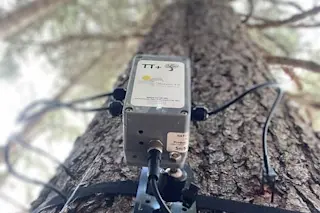Seeing Seeds Up Close
Discover the beauty of the Flanders Poppy, a vibrant flower celebrated for its striking appearance and significance.

Newsletter
Sign up for our email newsletter for the latest science news
More on Discover
Stay Curious
SubscribeTo The Magazine
Save up to 40% off the cover price when you subscribe to Discover magazine.
Subscribe












